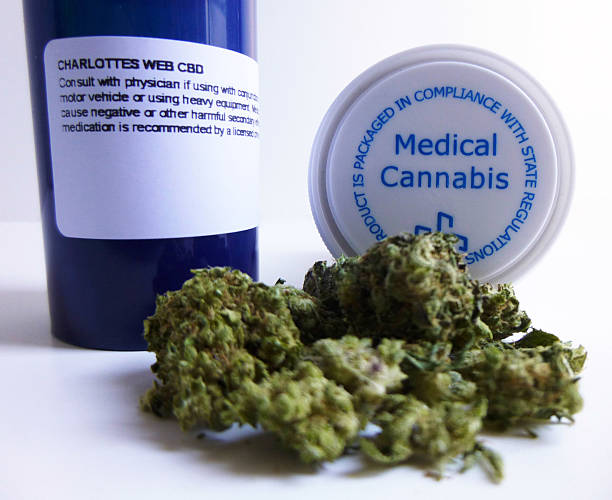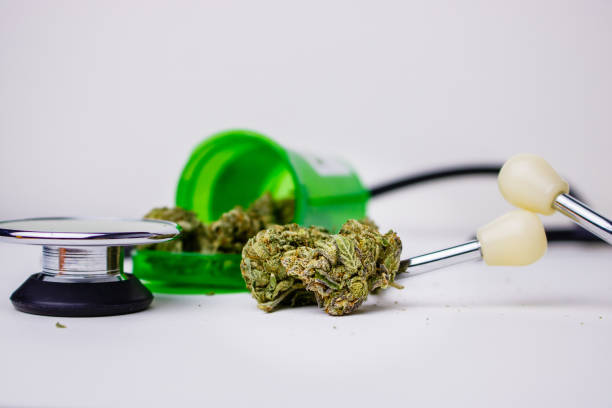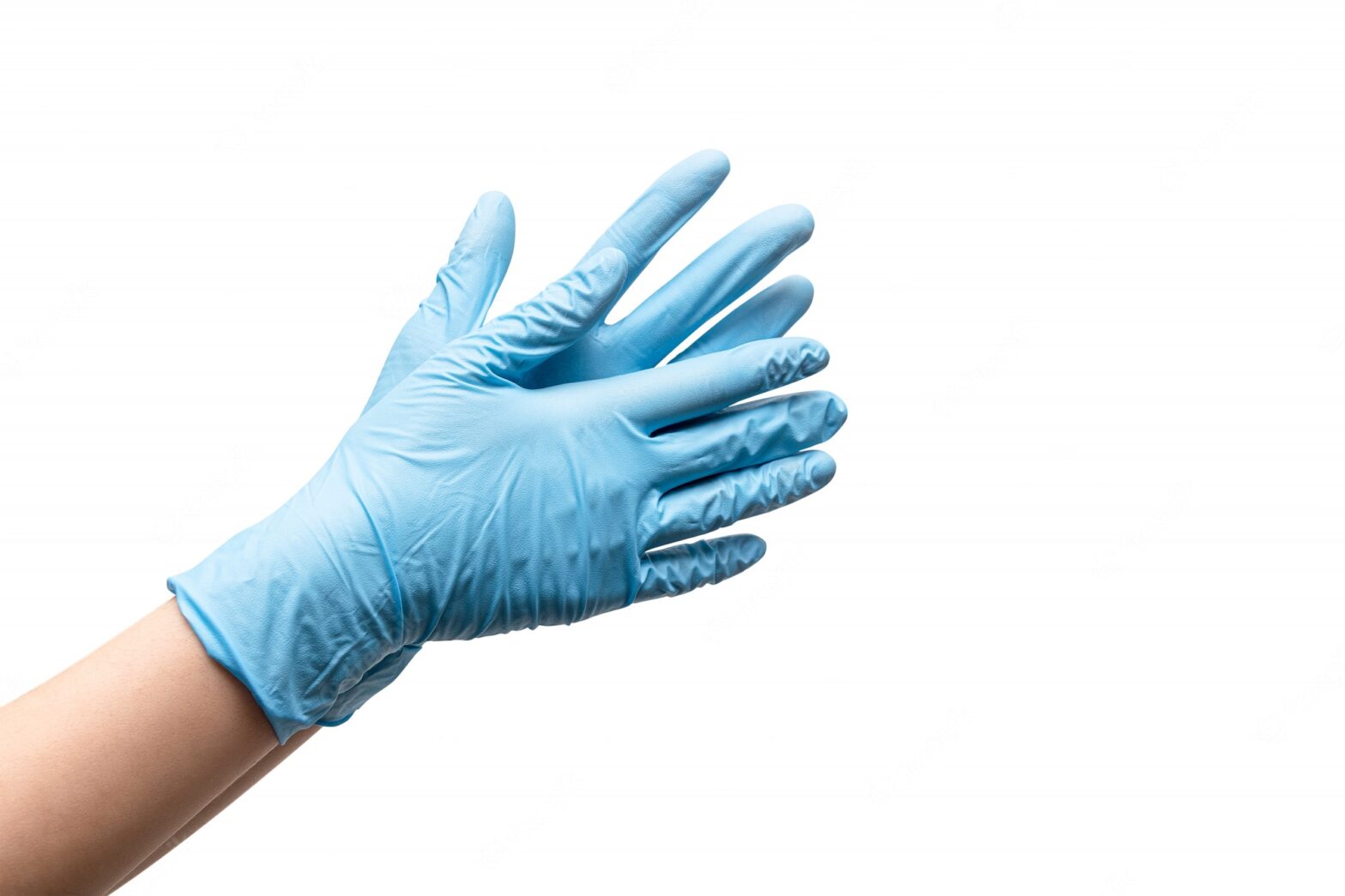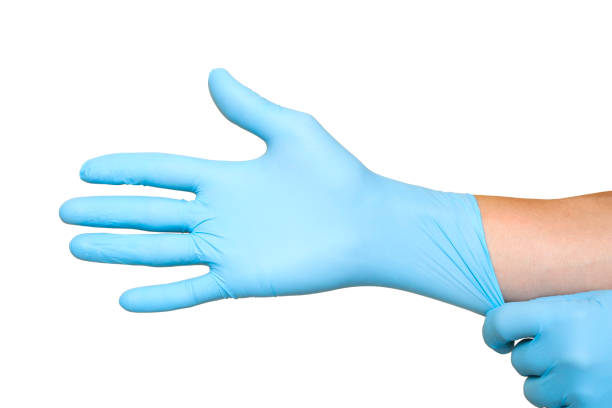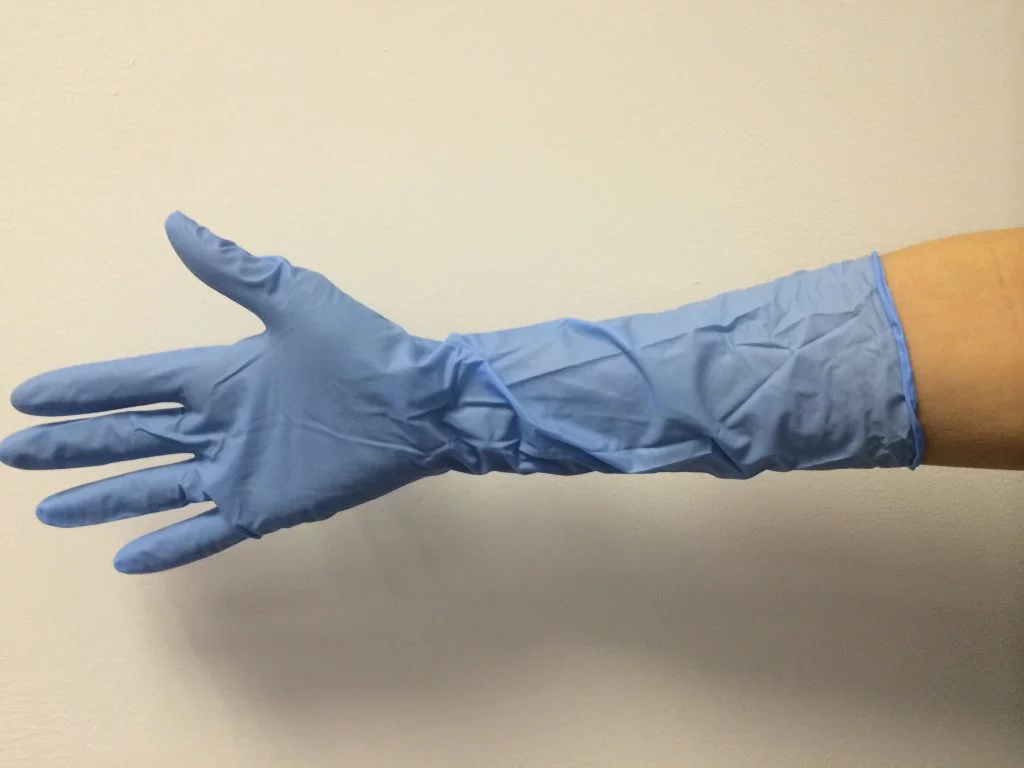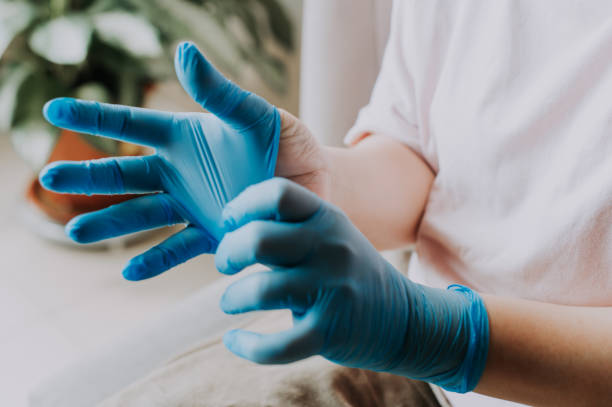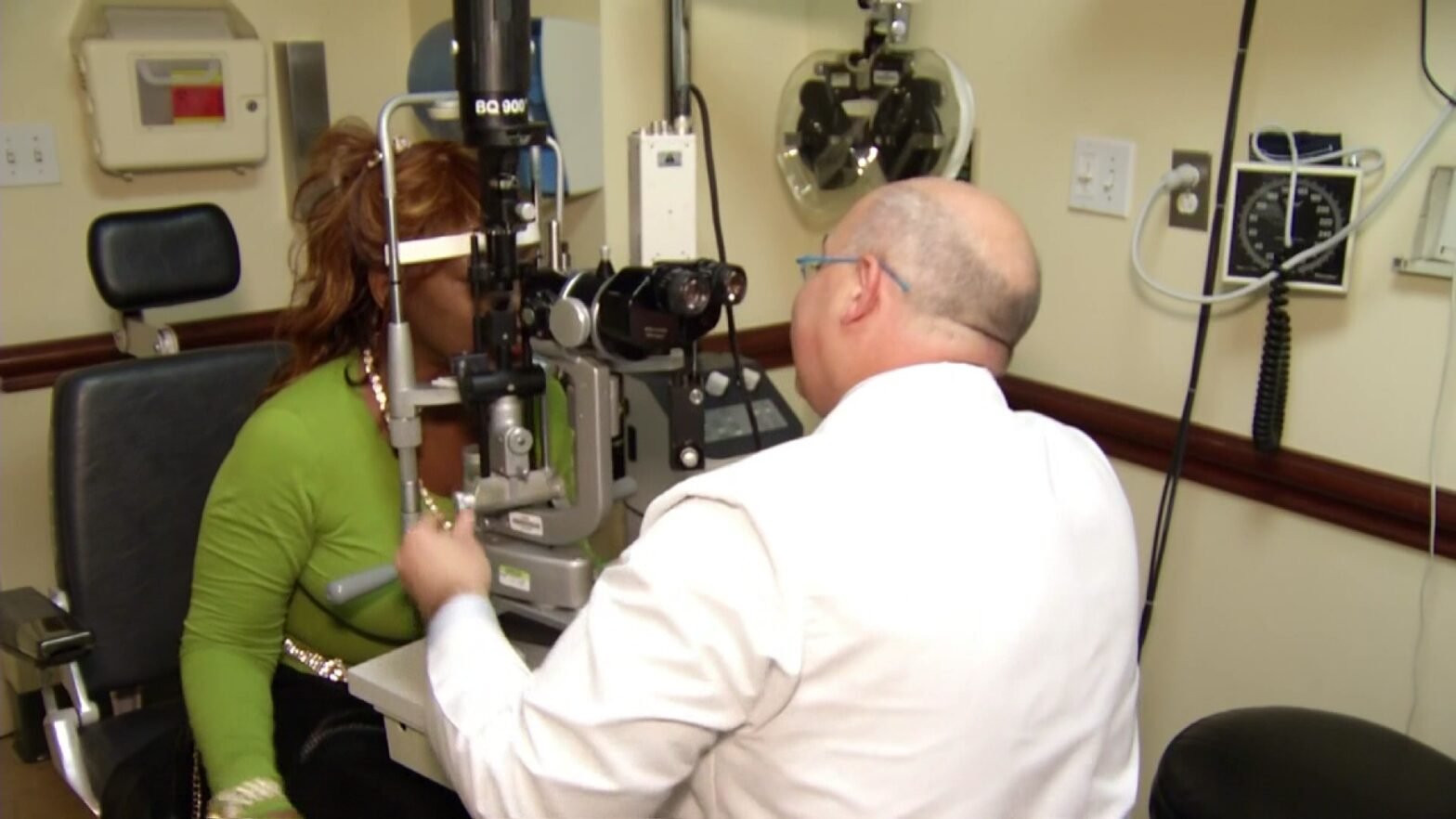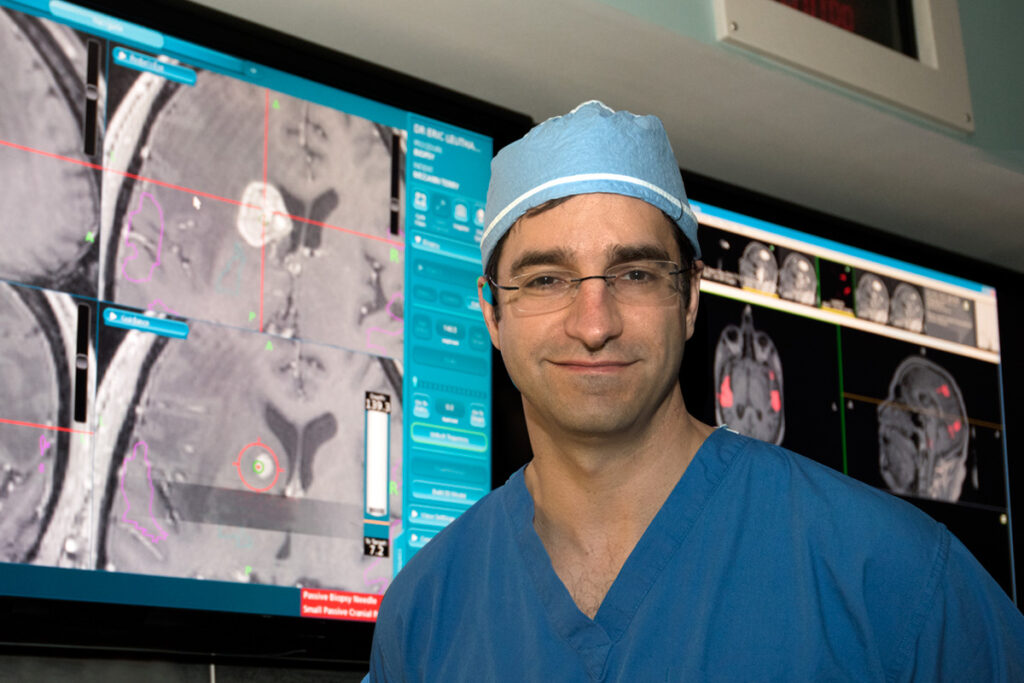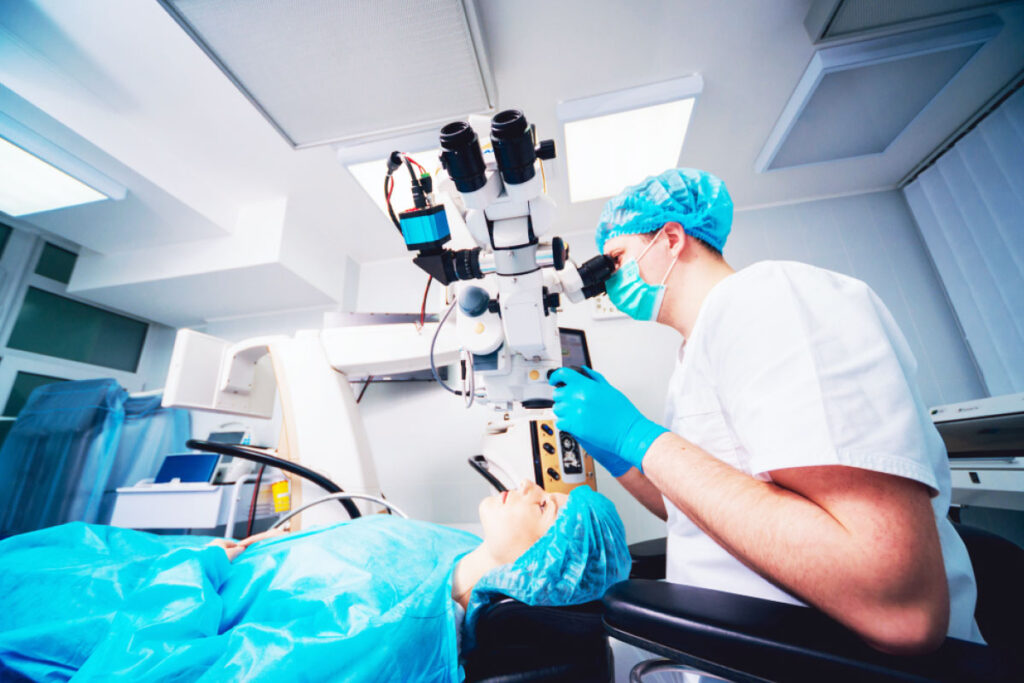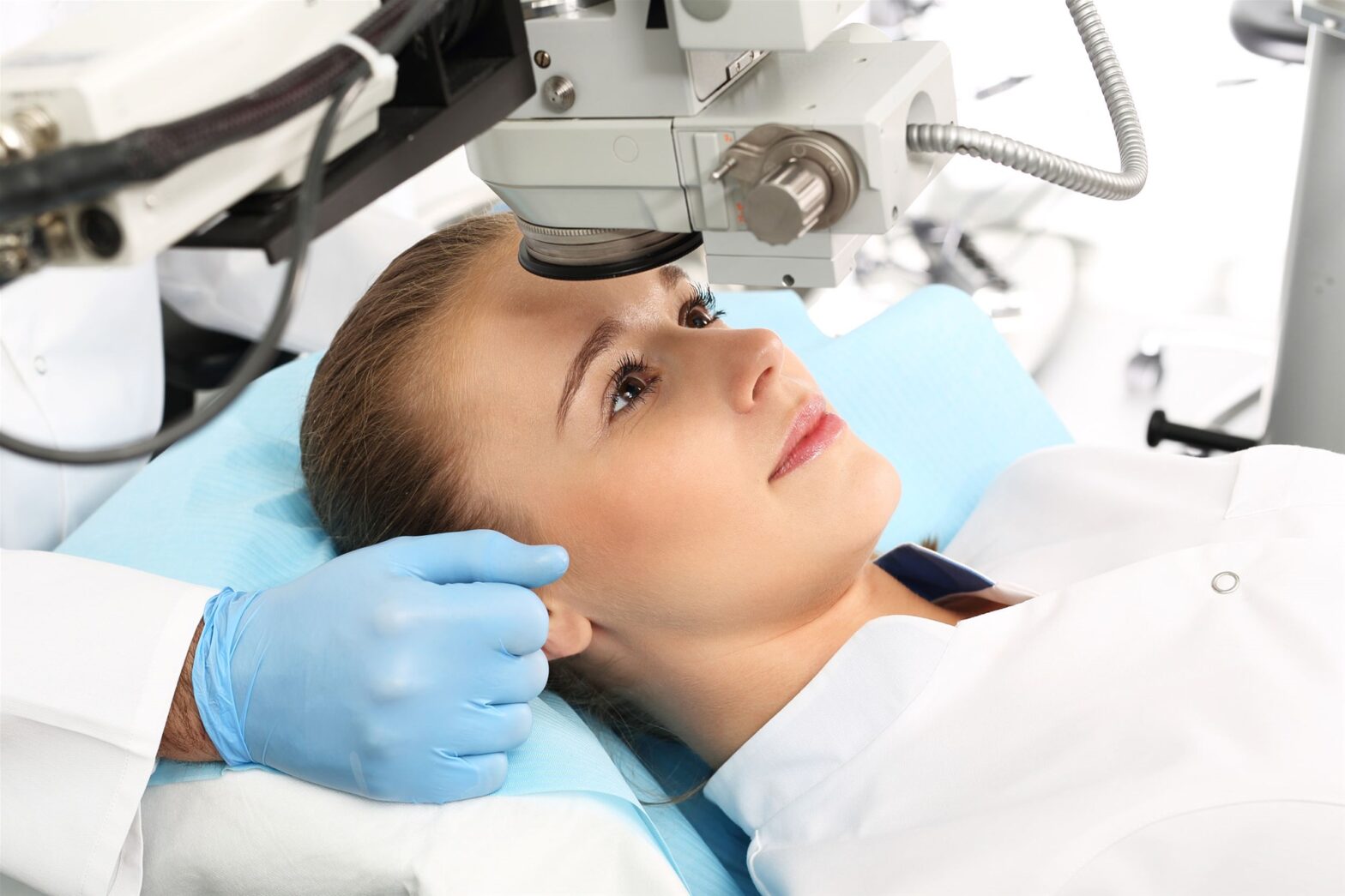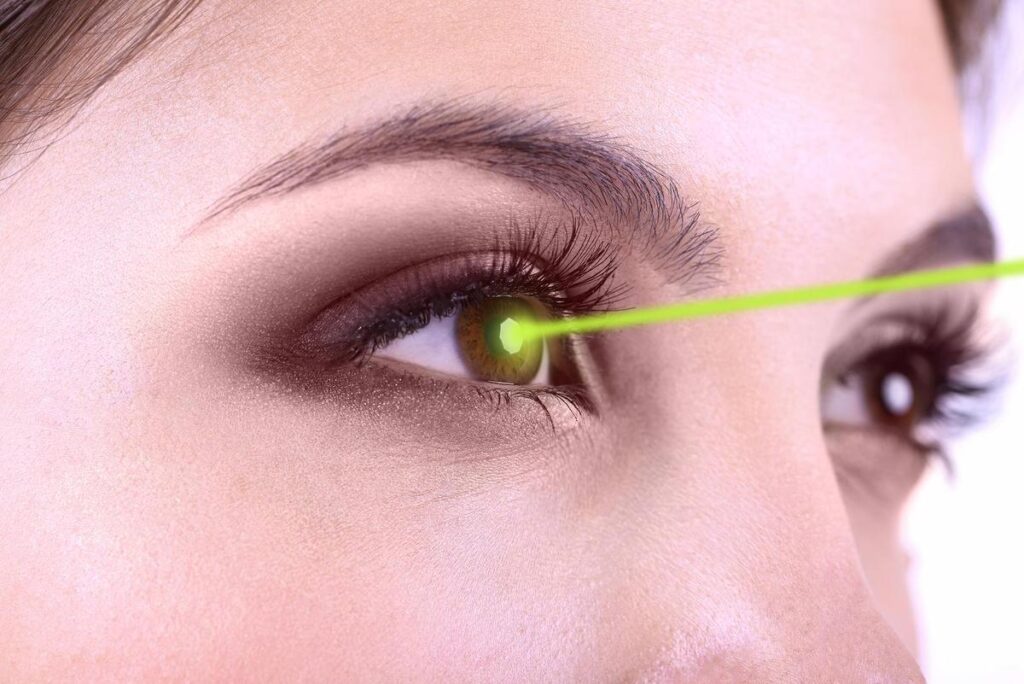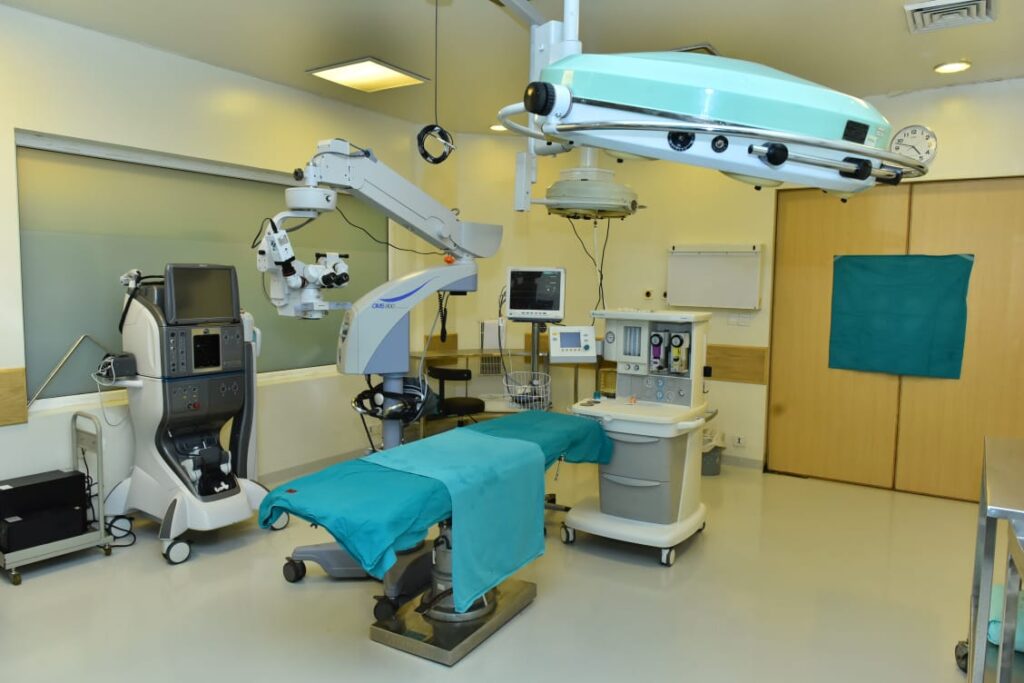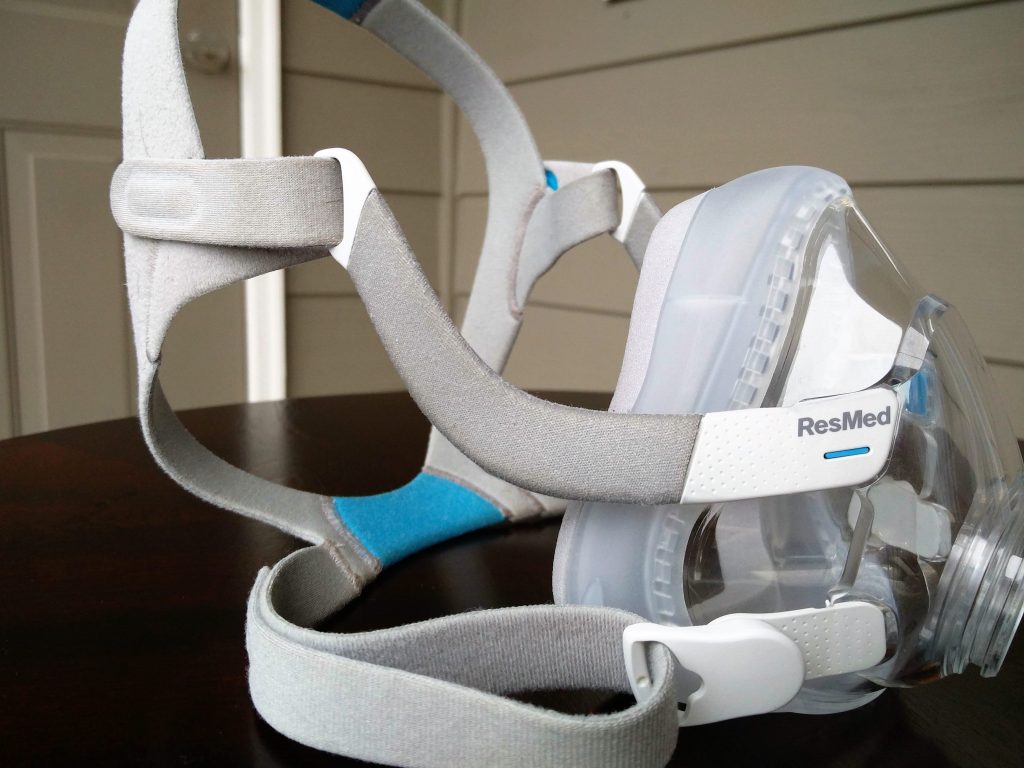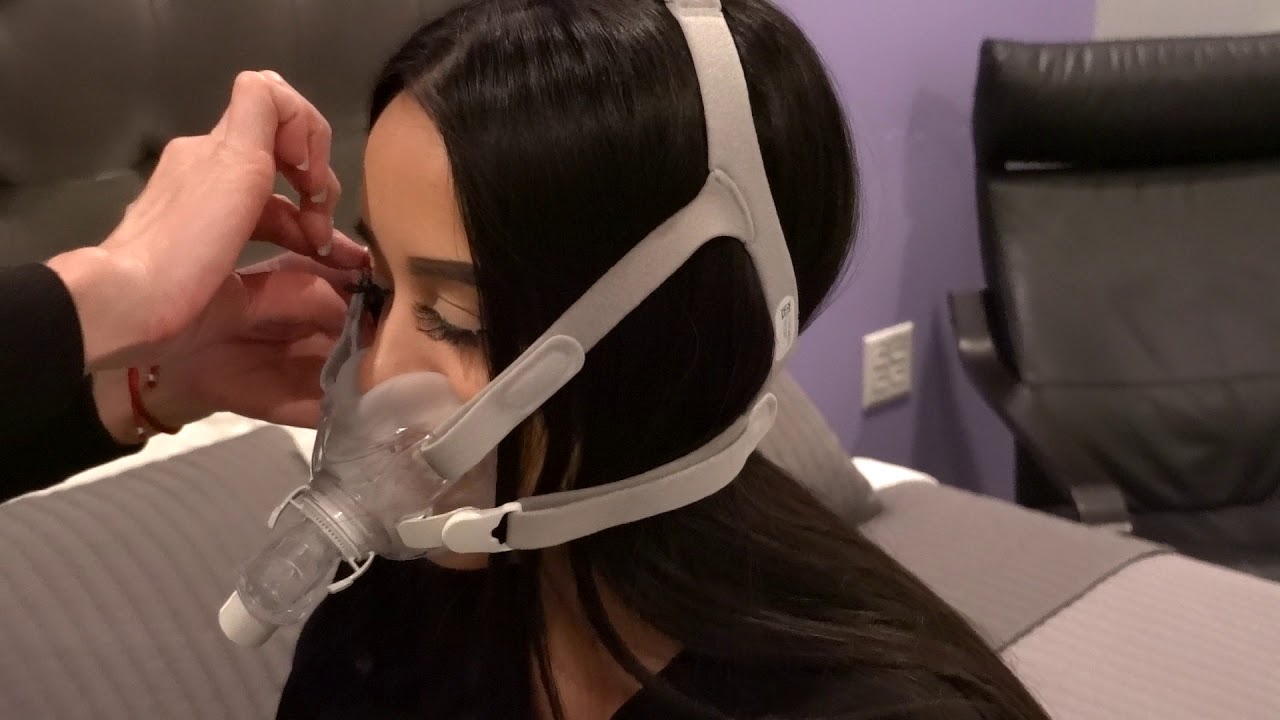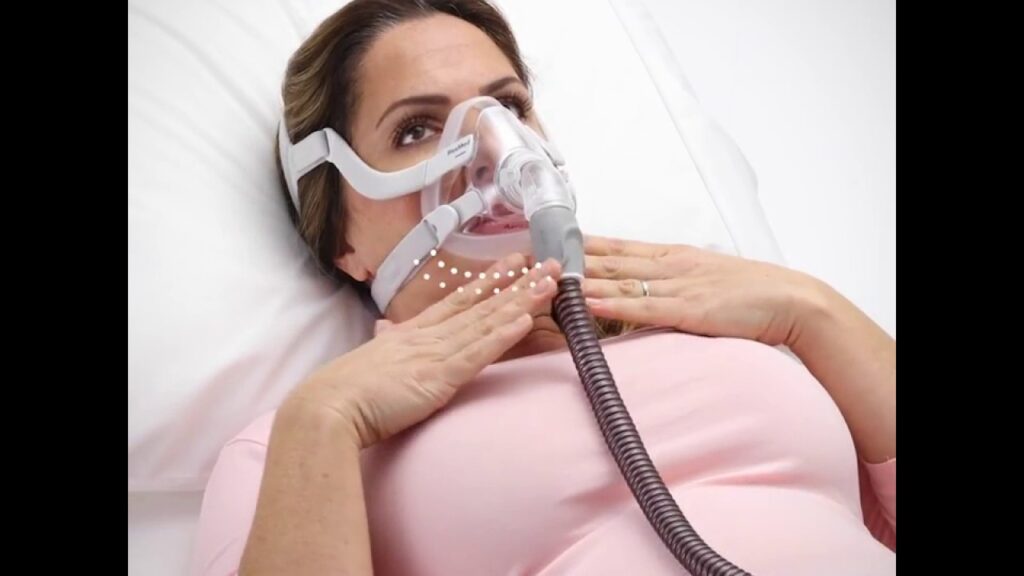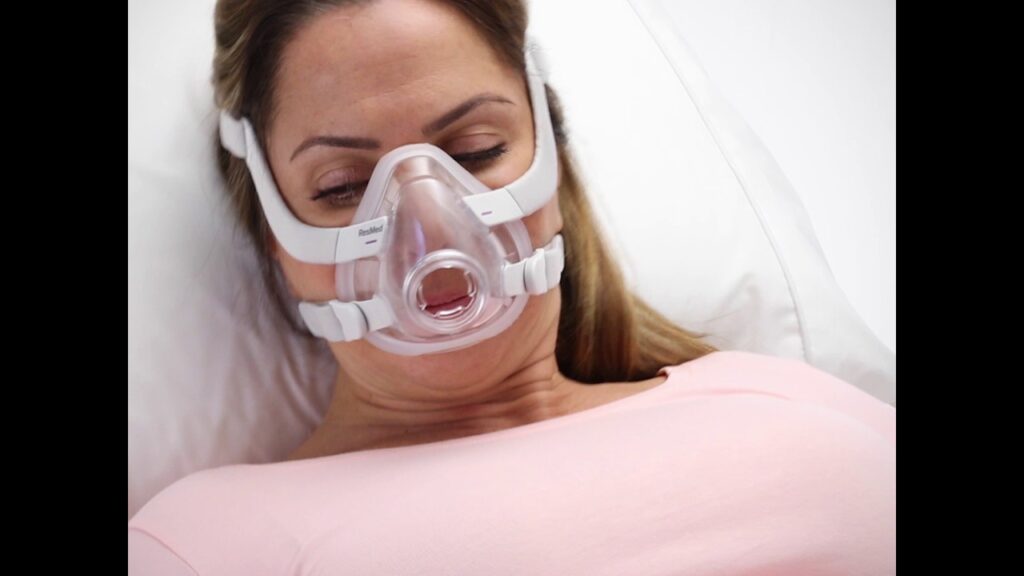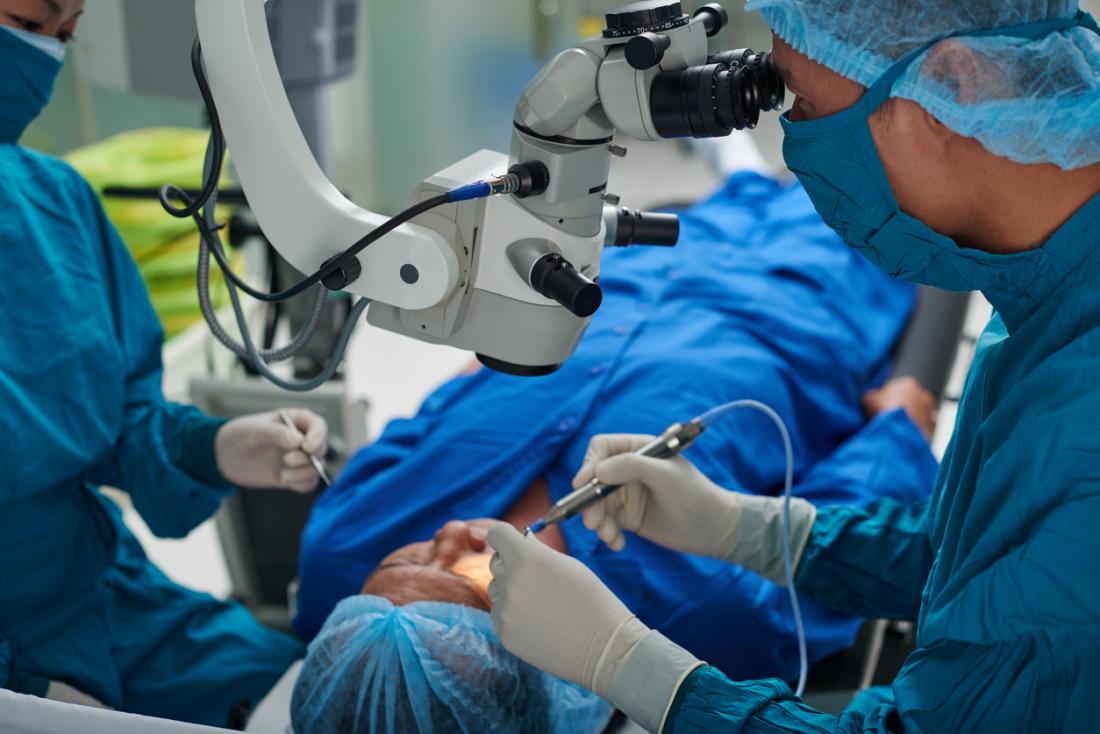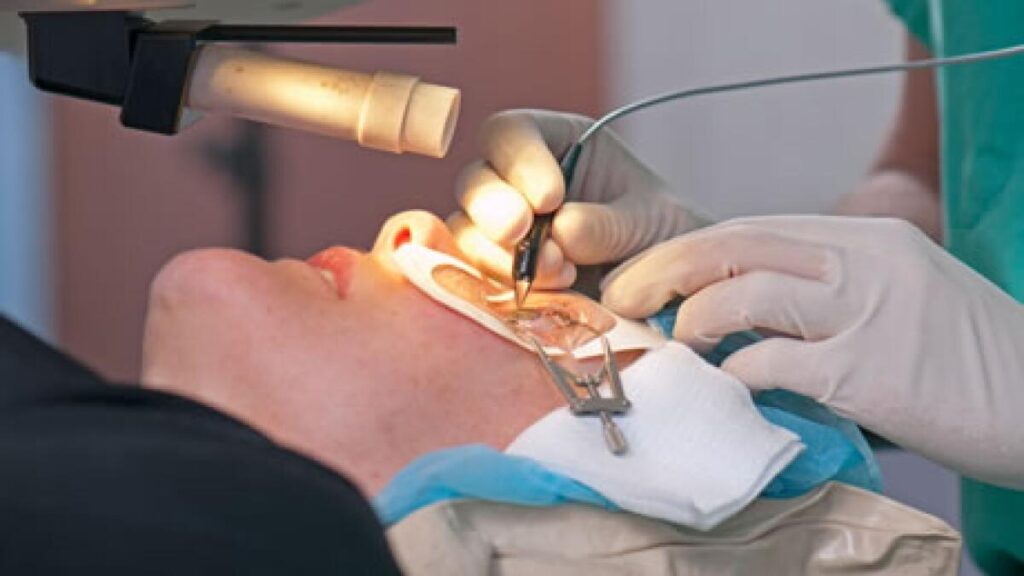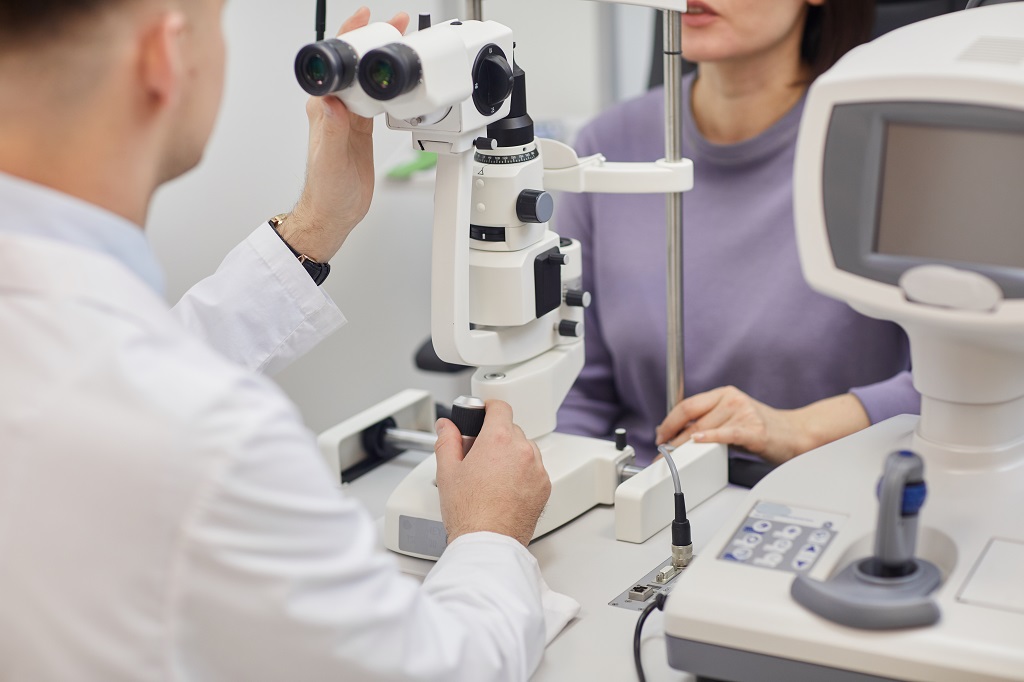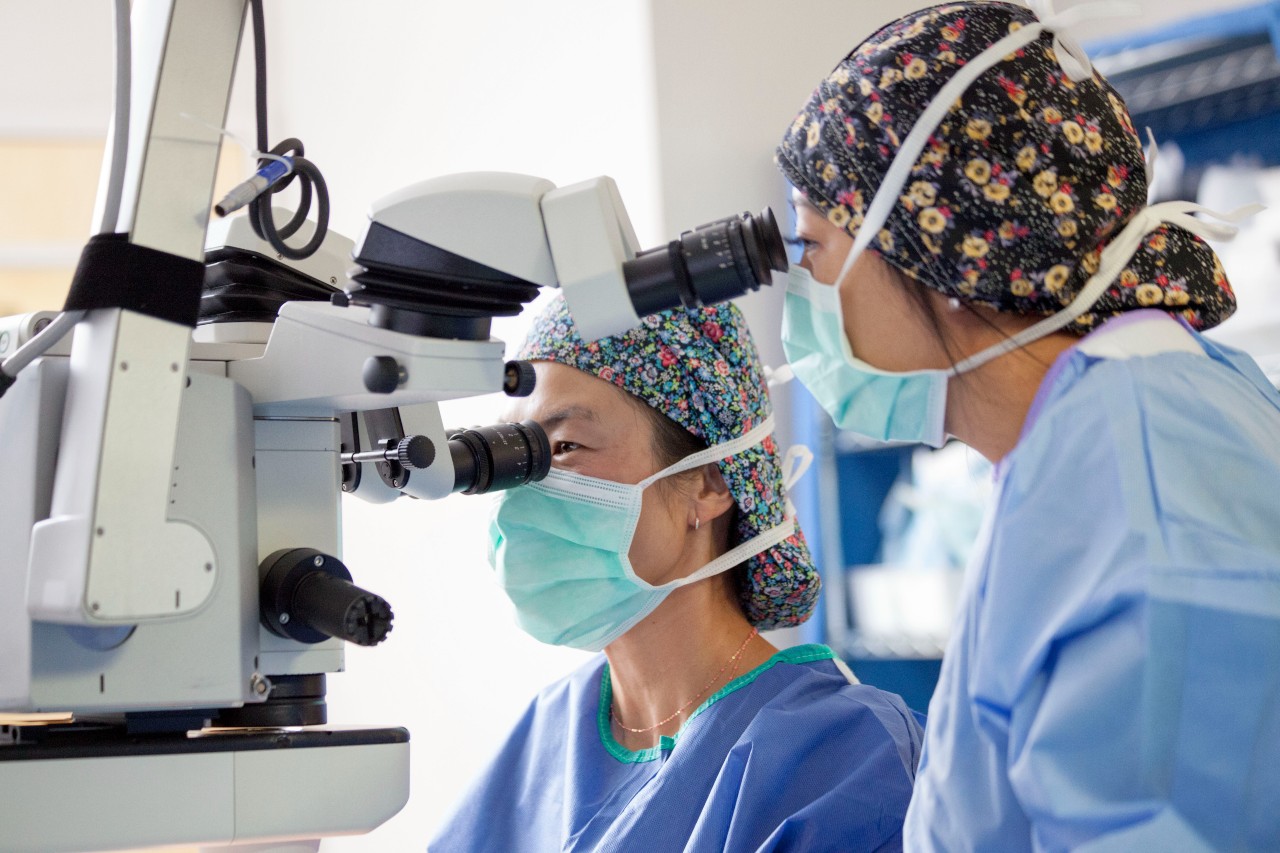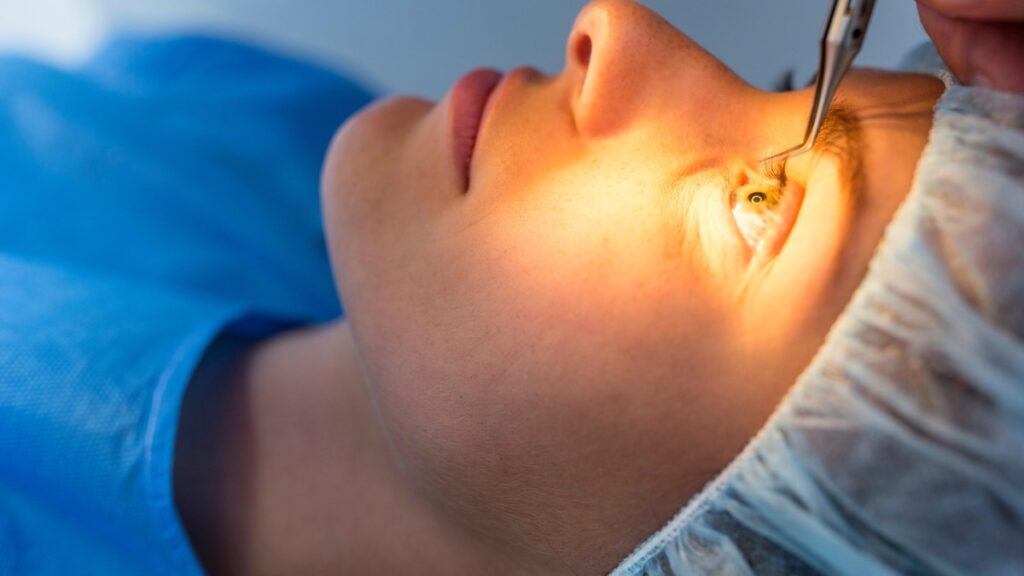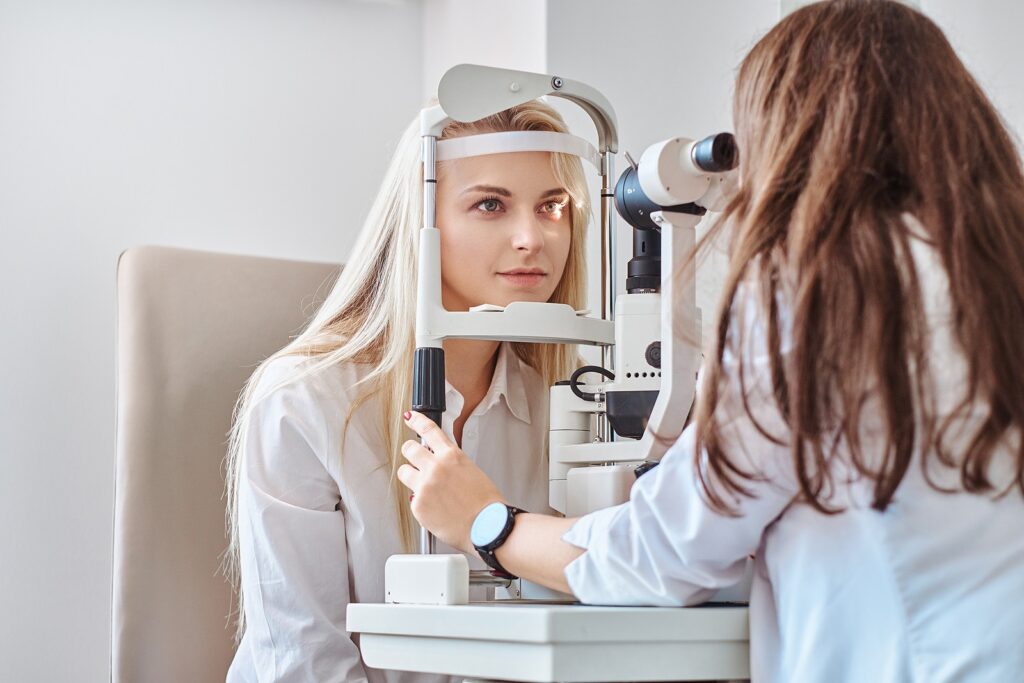In order to get the most out of CBD oil for good sleep, you need to know when and how to take it. When it comes to getting some sleep time, how much CBD oil is enough to achieve this? Many individuals underestimate the importance of sleep to their health and well-being. Since sleeping drugs shouldn’t be used as a long-term treatment, it is no surprise that more and more individuals are trying out natural therapies such as CBD oil uses.
To know more about where to buy CBD oil in Australia and other CBD oil benefits, you should book a consultation session with a professional from Chronic Therapy today.
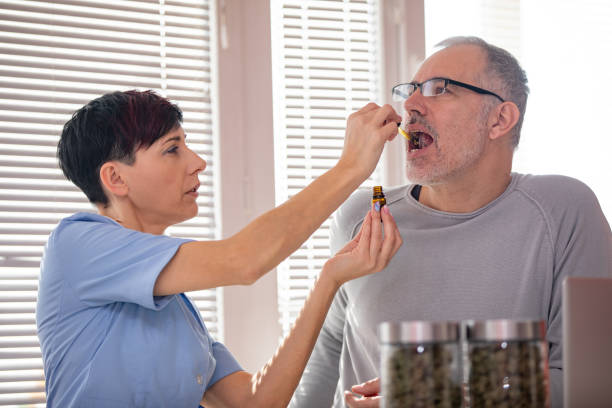
The Role of CBD Oil in Promoting Restful Sleep
Due to its ability to interact with the endocannabinoid system (ECS), CBD oil use can be applied to treat a wide variety of medical conditions. The ECS is responsible for a wide range of physiological and behavioural processes, including the regulation of sleep, pain, mood, immune function, appetite, memory, temperature, and fertility. Having a reduced stress level makes it easier for us to fall asleep easily and also have sound sleep. You can read more about the Reasons why you need to consider medical cannabis by visiting http://jinshinhealing.com/reasons-why-you-need-to-consider-medical-cannabis/
CBD oil benefits include the ability to reduce the number of times chronic pain sufferers awaken throughout the night. The proper production and distribution of melatonin, the body’s natural sleep hormone, is crucial to getting enough rest and keeping up a consistent level of energy throughout the day. This melatonin production and distribution are mitigated in the body system by CBD.
Higher dosages of CBD intake can cause slow breathing due to a drop in blood pressure level, and the parasympathetic nervous system, which is activated by slow, deep breathing, is also impacted with a soothing effect, this further improves your sleep timing as a result.
Scientists have discovered that taking a sizable amount of CBD oil greatly reduces levels of the stress hormone cortisol. The steroid hormone cortisol controls several vital processes, including the body’s natural sleep-wake cycle. Increased cortisol levels make it difficult to get to sleep.
The Best Time to Take CBD Oil for Sleep and How to Take It
The effects of CBD vary with the amount taken. Larger dosages of CBD may be sedative, while smaller ones may increase alertness, and focus, and decrease fatigue.
If you want to set your internal clock in motion, take a little amount of CBD oil in the morning and during the afternoon, and then a much bigger amount in the evening, ideally 30 to 60 minutes before bedtime.

Consistent productivity throughout the day sends messages to the brain that it has been successful and that it is time to wind down for the day during the evening period. However, if you work night shifts and your sleep-wake cycle is interrupted, CBD can help you fall asleep faster and remain asleep longer.
To Sleep, How Much CBD Oil is Needed?
In general, higher dosages tend to provide better sleep quality. To be sure, what constitutes a high dose for one person might be an entirely different quantity for another. One size does not fit all when it comes to the ideal dose for sleeping. CBD oil is safe to try in a wide range of daily doses before settling on the optimal one for you.

How Quickly Does CBD Oil Help You fall Sleep?
On average, the effects of CBD oil are felt within 15-30 minutes, although this might vary depending on factors including the person’s age, weight, metabolism, and whether or not they took the oil on a full or empty stomach. Sublingual use of CBD oil allows the compound to bypass the liver’s first-pass metabolism and enter the circulation directly.
While topical applications can be felt in as little as 10 minutes, oral applications like CBD capsules, gummies, or honey sticks must first travel through the digestive system before they can have an impact. CBD oil’s sedative effects often continue for up to 6 hours, with maximum strength occurring within 1.5 hours. Click here to read about Clinicians’ Guide to Cannabidiol and Hemp Oils.
Tips on Using CBD Oil
Do you think you would benefit from using CBD oil before bedtime? Take it 30–60 minutes before hitting the hay. Put one drop of CBD oil beneath your tongue and hold it there for 60 seconds before swallowing. For better absorption, move your tongue around your gums and palate.
When it begins to take effect, you should feel an overwhelming sensation of serenity wash over you. After an hour of consumption, the effects will start to kick in full force.
Possible and Negative Effects of Using CBD Oil Before Bed
CBD is a perfectly safe chemical, even at the maximum recommended daily intake of 1,500 milligrammes. CBD has essentially no negative effects at therapeutic quantities, but like any medication, natural or manufactured, it can have some unintended results at high doses, especially in first-time users. These undesirable outcomes may occur as: dizziness, dry mouth, diarrhoea, and changes in appetite.
Before adding CBD oil to your daily routine, discuss it with your doctor if you are currently on any medications. Negative CBD-drug interactions can be mitigated with the advice of a trained expert. Pay close attention to these features if you want to be sure you’re getting a reliable and useful product:
Each product should have a current certificate of analysis and purity testing conducted by an independent lab.
Hemp as a super absorbent plant that stores everything it comes into contact with. Pick CBD oil brands that only use organic, non-GMO hemp in their products. Stay away from industrial hemp that may contain harmful pesticides.
Make sure that all of the components are of the same high quality as the hemp extract by reading the full list of ingredients. They need to be derived from organic sources (nature) wherever possible.
It’s important to consider how CBD oil was derived before purchasing it. This approach is eco-friendly, and it yields pure, dependably strong extracts.
Can I use CBD oil with sleep aids?
Some people have had success combining CBD with sleeping medications to achieve a full night’s sleep. Whether or if CBD and the medications will interact, and how that interaction could manifest itself, is a vital question to answer. A doctor should be the one to answer these questions.
To know more about where to buy CBD oil in Australia and other CBD oil benefits, you should book a consultation session with a professional from Chronic Therapy today.

